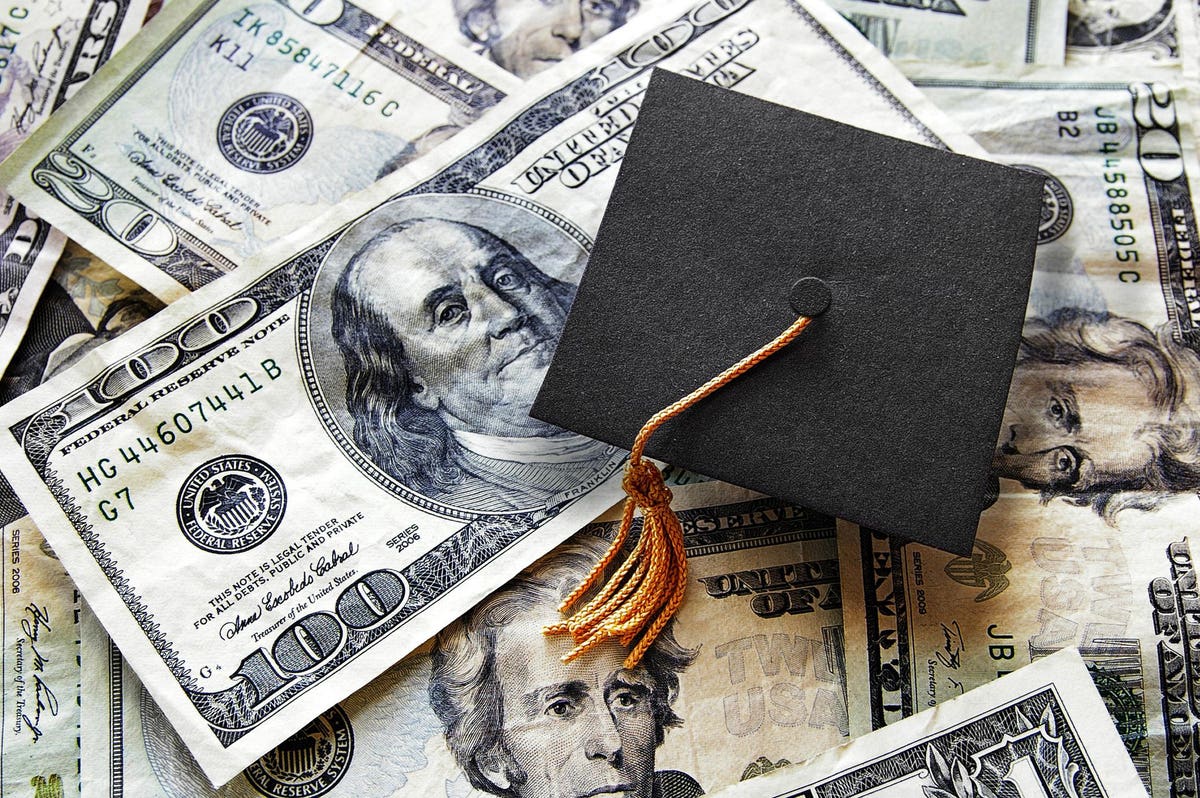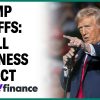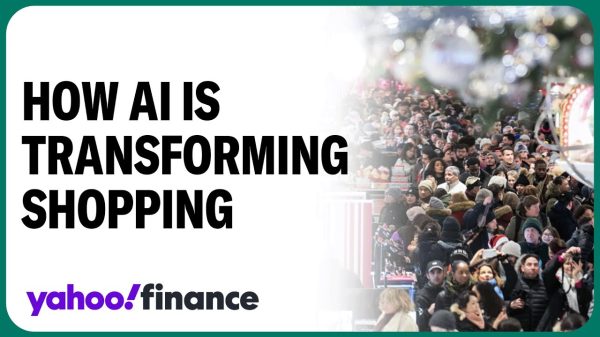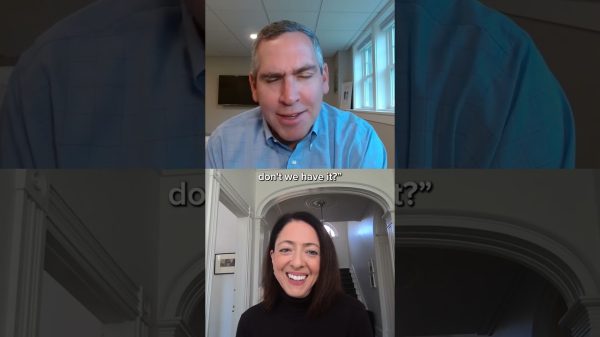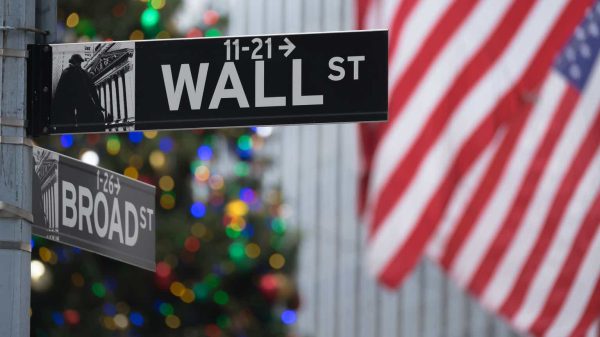Millions of student loan borrowers may be facing the highest interest rates they have experienced in years, increasing the total cost of repayment. But the impacts will not be felt evenly, and will depend largely on the type of student loans the borrower has.
Here’s what you need to know.
New Federal Student Loan Interest Rates Highest In Years
Borrowers who are currently in school, or will be in school during the 2023-2024 academic year, are set to see comparatively high interest rates on newly-disbursed federal student loans. Interest rates on federal loans are set by the government and are currently tied to the auction of Treasury Department bonds.
Interest rates for newly-disbursed undergraduate federal Stafford loans will be set at 5.5 percent, up from 4.99 percent. New graduate federal Stafford loans will see rates of over 7 percent, an increase from 6.54 percent. And interest rates on new federal PLUS loans issued to graduate and professional students, as well as to parents of undergraduate students, will skyrocket to an alarming 8.05 percent, up from 7.54 percent.
These new interest rates will be the highest that borrowers will have seen in 10 years. And the higher rates will be costly. A half-point percentage increase in the interest rate on a $30,000 federal student loan balance can translate to $3,000 in additional interest the borrower will pay over a 25-year repayment term.
Borrowers with existing government-held federal student loans will not be impacted by these changes. Interest rates are typically fixed for most federal student loans from their initial disbursement, and do not change over time with market conditions.
Interest Freeze Associated With Student Loan Pause Is Set To End
While borrowers who already have government-held federal student loans will not be affected by the new rates, the Covid-related student loan pause has suspended interest accrual on these loans since March 2020, effectively setting rates to zero. That means that any payments a borrower has made during the pause goes directly to the loan’s balance, not to ongoing monthly interest accrual.
But after over three years of 0 percent interest, the student loan pause is set to end later this summer, after the Supreme Court issues a decision on President Biden’s one-time student loan forgiveness plan. Interest is expected to start accruing again by September. Interest rates will return to the loan’s rate associated with its disbursement. So far, there are no clear indications that the Biden administration will extend the student loan pause or the associated interest rate reduction.
Private Student Loan Borrowers With Variable Interest Rates See Increases
While most federal student loan interest rates are fixed, many private student loan interest rates are variable. Variable rates change over time, and often are impacted by market conditions and government policies that affect interest rates.
Just like home mortgages, auto loans, and credit card debt, variable private student loan interest rates have been affected by the Federal Reserve’s repeated interest rate increases over the course of the last year. These increases have had a broad impact on the financial sector, even for loans that are not directly tied to the Fed’s rate.
According to Credible, a private student loan refinancing marketplace, interest rates on 5-year variable-rate private student loans averaged a shocking 13.69 percent last week. This represents a nearly 4.5 percentage point increase from last year, and a nearly 11-point increase from a record low of under two percent in early 2021.
Private student loan borrowers with variable interest rates have very limited options. Aside from temporary hardship programs (which may only be offered at the discretion of the lender), a borrower’s only recourse might be to refinance the loan through a different private student loan lender to obtain a comparatively lower, fixed interest rate. But newly-disbursed private student loans are also facing high fixed interest rates in the current environment. Fixed interest rates for 10-year private student loans averaged 7.45 percent last week, according to Credible, a nearly two-point increase from a year ago.
Further Student Loan Reading
Education Department Sends Student Loan Forgiveness Emails To Next Group Of Borrowers Covered By Settlement
Student Loan Forgiveness Eligibility Expanded In 3 Ways Under New Account Adjustment Guidance
$55 Billion In Student Loan Forgiveness Approved, Says Biden Administration — And More May Be Coming
What The Supreme Court’s Latest Move Means For Student Loan Forgiveness
Read the full article here



